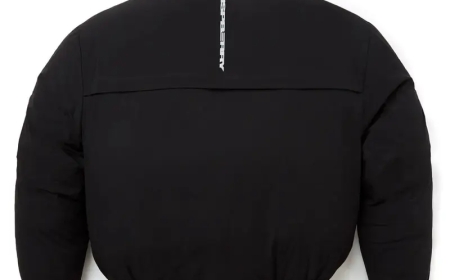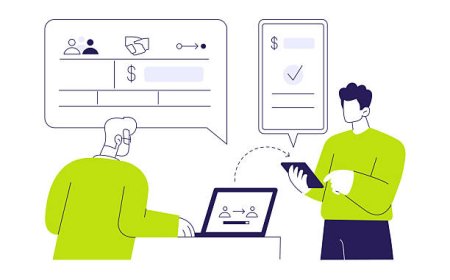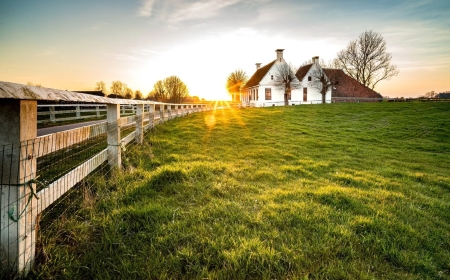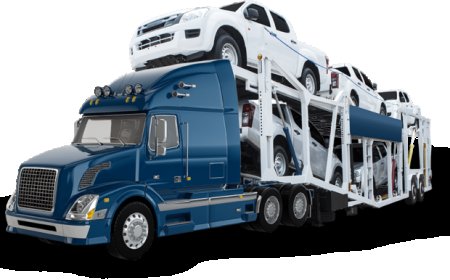The Ultimate Guide to Tree Pruning: Techniques, Timing & Benefits
Tree pruning is one of the most valuable things you can do for your trees—and your property. It keeps your trees healthy, your yard safe, and your landscape looking its best. Whether you DIY or hire a pro, pruning should be part of your regular tree care routine.
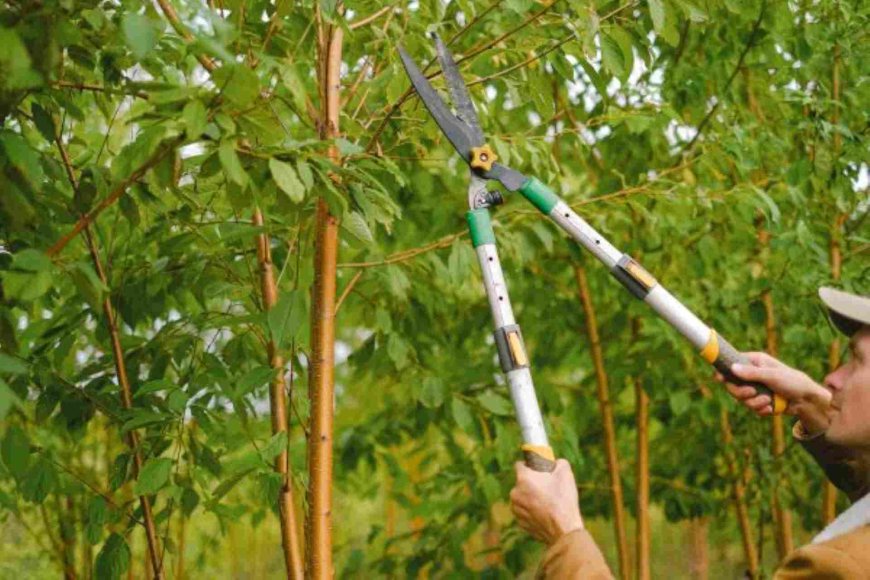
Trees are more than just yard decorationsthey're living, breathing parts of your landscape. But like all living things, they need care to stay strong, safe, and beautiful. Thats where tree pruning comes in. Pruning isnt just about cutting branchesit's about shaping the future of your tree.
In this article, well break down everything you need to know about tree pruning, from the best techniques to when (and why) you should do it.
What Is Tree Pruning?
Tree pruning is the selective removal of certain parts of a treesuch as branches, buds, or rootsto improve its health, safety, and appearance. Its not random cutting; its strategic trimming for long-term growth.
Why Is Tree Pruning Important?
Tree pruning serves many purposes:
-
Promotes healthy growth by removing dead or diseased limbs
-
Improves tree structure and prevents future issues
-
Enhances safety by eliminating weak branches that could fall
-
Boosts curb appeal and allows for more light and air
-
Encourages fruit or flower production in certain trees
Proper pruning = healthier, stronger trees.
When Should You Prune Your Trees?
Timing matters more than you think. Heres a simple breakdown:
-
Winter (Dormant Season): Best for most trees. Promotes strong growth in spring.
-
Spring: Okay for light pruning, but heavy cuts can reduce blooming.
-
Summer: Great for slowing growth or removing limbs that didnt survive spring.
-
Fall: Avoid itthis is when trees are most vulnerable to disease.
Pro tip: Always prune after the coldest part of winter but before spring buds open.
Types of Tree Pruning
Not all cuts are created equal. Here are the most common types of pruning:
1. Crown Cleaning
Removes dead, dying, or diseased branches. This is the most basic form of pruning and should be done regularly.
2. Crown Thinning
Selective removal of branches to improve airflow and light penetration. Ideal for mature trees.
3. Crown Raising
Lifts the bottom of the tree canopy by trimming lower branchesgreat for clearing walkways or roads.
4. Crown Reduction
Reduces the height or spread of the tree by trimming back to a healthy lateral branch. Best for storm-damaged or overly large trees.
5. Structural Pruning
Used on young trees to shape their form early and prevent poor growth patterns later.
Tools Youll Need for Tree Pruning
You dont need a full toolbox, but having the right gear helps:
-
Hand pruners: For small branches
-
Loppers: For medium branches up to 2 inches thick
-
Pruning saws: For larger limbs
-
Pole pruners: To reach high branches
-
Gloves & goggles: Safety first!
-
Disinfectant: Clean tools between cuts to prevent disease spread
How to Prune a Tree: Step-by-Step
-
Inspect the Tree: Look for dead, broken, or rubbing branches.
-
Start Small: Begin with the 3 DsDead, Diseased, and Damaged.
-
Make Smart Cuts: Cut outside the branch collar (the swollen area where a branch meets the trunk).
-
Work from the Bottom Up: Remove lower limbs only as needed for clearance.
-
Step Back Often: Visualize the trees natural shape and adjust as needed.
-
Avoid Over-Pruning: Never remove more than 25% of a trees canopy in one season.
Common Tree Pruning Mistakes to Avoid
-
Topping (cutting the top off a tree) causes weak growth and disease
-
Improper cuts tearing bark or cutting too close to the trunk
-
Pruning at the wrong time especially in late fall
-
Over-pruning weakens the tree and causes stress
-
Using dirty tools spreads diseases from tree to tree
Professional Tree Pruning vs. DIY
Some pruning is easy to do yourself. But if the tree is large, near power lines, or needs structural changesits time to call a pro.
DIY is Best For:
-
Small trees or shrubs
-
Low-hanging branches
-
Regular maintenance
Hire a Pro For:
-
Large or tall trees
-
Diseased or storm-damaged trees
-
Jobs requiring climbing or heavy equipment
-
Precision structural pruning
Benefits of Hiring a Professional Arborist
-
Certified expertise in tree biology and health
-
Proper equipment for safe, efficient work
-
Insurance in case of property damage
-
Long-term care plans for your trees
Sometimes saving a few bucks now can cost you more later in tree removal or damage repair.
How Much Does Tree Pruning Cost?
It depends on:
-
Tree size
-
Type of pruning needed
-
Accessibility
-
Your location
Average Prices:
-
Small trees: $100$300
-
Medium trees: $300$600
-
Large trees: $600$1,200+
Always get a written estimate and ask if clean-up is included.
Tree Species and Pruning Tips
Each tree is different. Here are quick tips for common types:
-
Maple Trees: Prune in late winter. Avoid heavy pruning in spring due to sap flow.
-
Oak Trees: Best pruned in winter to avoid oak wilt disease.
-
Fruit Trees: Prune annually to encourage fruiting.
-
Evergreens: Minimal pruning needed; just remove dead branches.
Can Pruning Save a Dying Tree?
In some cases, yes. Strategic pruning can:
-
Remove infected limbs
-
Improve air circulation
-
Reduce weight on weak branches
-
Encourage new, healthy growth
But its not a cure-all. If your tree shows severe decline, call an arborist for an assessment.
Conclusion
Tree pruning is one of the most valuable things you can do for your treesand your property. It keeps your trees healthy, your yard safe, and your landscape looking its best. Whether you DIY or hire a pro, pruning should be part of your regular tree care routine.
Dont wait for branches to fall or diseases to spread. Take a good look at your trees todayand give them the trim they deserve.
FAQs
1. How often should trees be pruned?
Most trees benefit from pruning every 23 years, but younger trees may need it annually.
2. Is there a best time of day to prune trees?
Morning or late afternoon is idealavoid high heat and midday sun.
3. Can pruning harm my tree?
Not if done correctly. Over-pruning or incorrect cuts can stress the tree, though.
4. Do all trees need pruning?
Not always. Some trees maintain their shape naturally. However, regular inspection helps catch issues early.
5. What's the difference between pruning and trimming?
Pruning focuses on health and structure, while trimming is more about appearance and shaping.









